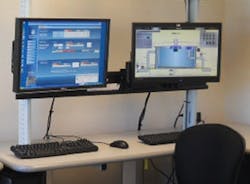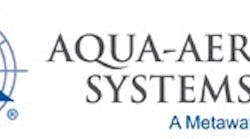In 2005, Key Largo Wastewater Treatment District (WWTD) in Key Largo, Fla., utilized a small alternative sequencing batch reactor (SBR) for treating the district’s wastewater.
After five years, the plant was in need of an upgrade to address increasing flow rates from the population it serves and future stringent effluent limits. The district began exploring options for the upgrade, including oxidation ditch and SBR technology. In addition, the planning staff visited nearby installations to see the potential technologies in operation.



